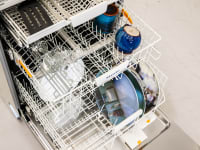What is hard water—and what can you do about it?
How to test for water hardness and save your skin, your dishes, and your plumbing
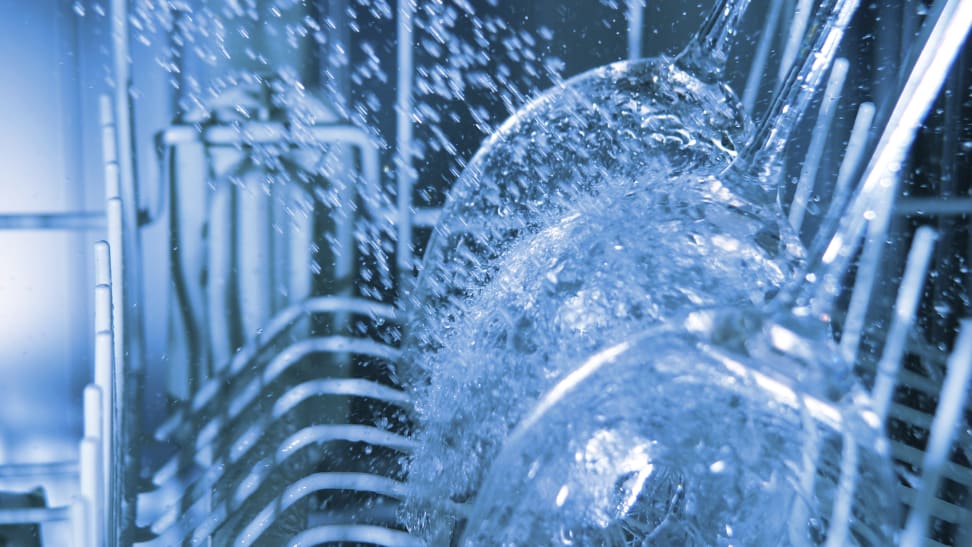 Credit:
Getty Images / donald_gruener
Credit:
Getty Images / donald_gruener
Recommendations are independently chosen by Reviewed's editors. Purchases made through the links below may earn us and our publishing partners a commission. Prices were accurate at the time this article was published but may change over time.
Hard water sounds like an oxymoron—or maybe just ice. But the “hard” in hard water refers to the minerals dissolved in it—usually calcium and magnesium. Soft water has very little of those minerals.
What is hard water?
Mineral-loaded hard water is common all over the United States, and it’s more of an issue where the water is sourced from the ground. Hard water is absolutely safe to drink, but if you have it piped into your home, hard water can affect your appliances, your skin, your laundry, and your plumbing fixtures.
You might encounter spots on your glasses or white deposits on your faucets or shower head. The minerals in the water can also make it harder to get yourself clean—calcium and magnesium bond with soap molecules to create soap scum, so your soap is less effective.
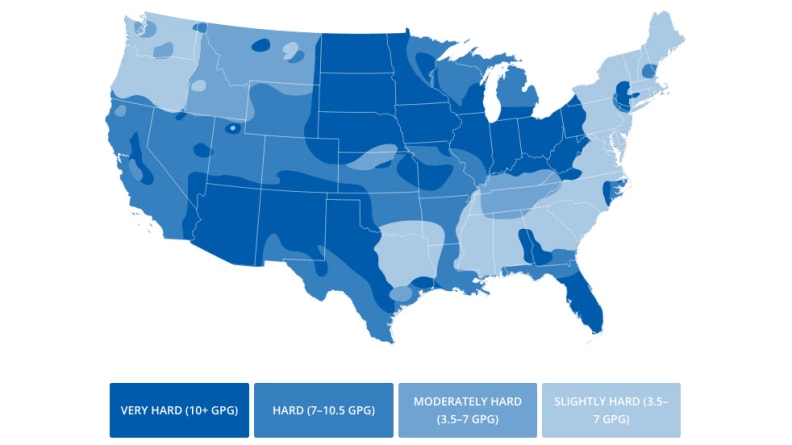
Culligan claims that 85% of the US has hard water. Look for your area on the map to see if you're likely to have it in your home.
How to test for water hardness
Before you can do anything about hard water, you need to confirm that's the actual problem. While skin dryness, scale deposits, or spotty glasses are all tell-tale signs, they could be indicative of other problems. Here's how you can know for sure.
Test it yourself
For an informal test, you can DIY. 1. Fill a cup or a jar with 12 ounces of tap water. 2. Add 10 drops of liquid soap (not detergent). 3. Attach the lid and shake or stir vigorously for a few seconds. 4. Look for suds at the top. If you have lots of bubbles at the top and clear water underneath, you have soft water, and you can stop testing. 5. If you don’t see thick suds, and the water underneath is cloudy, repeat the process, 10 drops of soap at a time, until you see foam. If it takes 40 drops of soap or more to raise some suds, you have hard or very hard water.
Buy test strips
Test strips can give you results in as little as 15 seconds and can give you a more accurate measurement of the level of hardness in your water. 1. Take the strip out of the bag without touching the testing area. 2. Dip the strip in your tap water for a second or two. 3. Compare the color on the strip to the chart on the package.
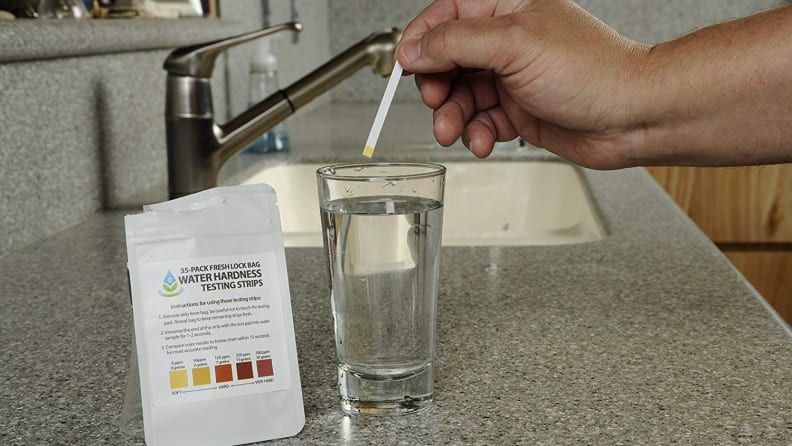
You can purchase strips to test your water for hardness.
Look it up online
Your municipality may have already done water testing. 1. Call your water company or visit your town or county water department website. 2. Check the levels of hardness in your water and recommendations on what, if anything, you should do about it.
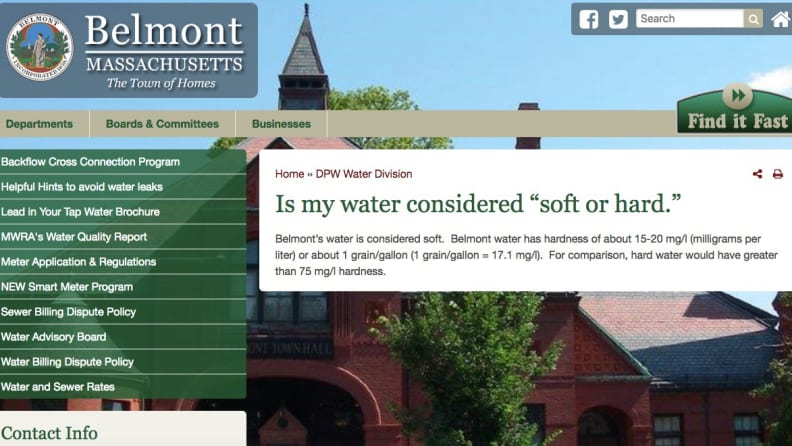
This site informs town residents about the hardness of their water, and explains the way hardness is reported in grains per gallon.
How do I fix hard water?
Luckily, once you know you have hard water, there’s plenty you can do. You can deal with it on an individual level or throughout the home. Here are our suggestions.
Add Rinse Aid to your dishwasher
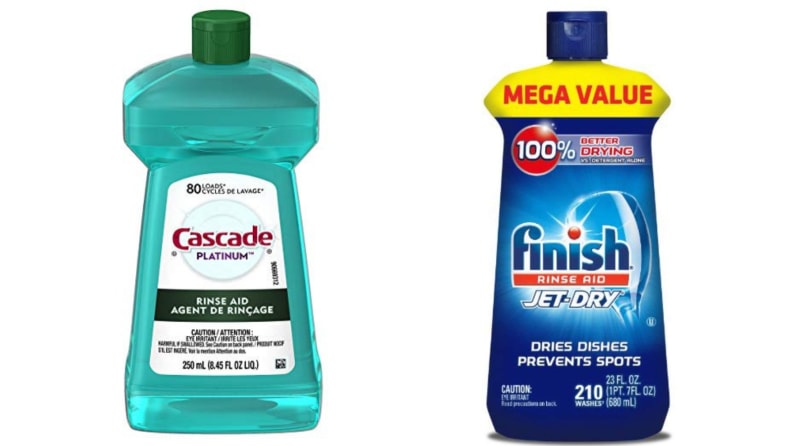
Rinse Aid helps water sheet off to prevent spotting. Use it for every load you run in your dishwasher.
Using Rinse Aid in your dishwasher is a good starter solution for your hard water problem. It doesn’t actually soften the water, but it does help moisture run off the dishes, glasses, and flatware—if the water is able to drip off your dishes before it dries, it won't leave behind any cloudy mineral deposits.
Remove white scale deposits from plumbing fixtures
Use vinegar to attack the scale. It’s another short term solution—with hard water, the scale will come back over time.
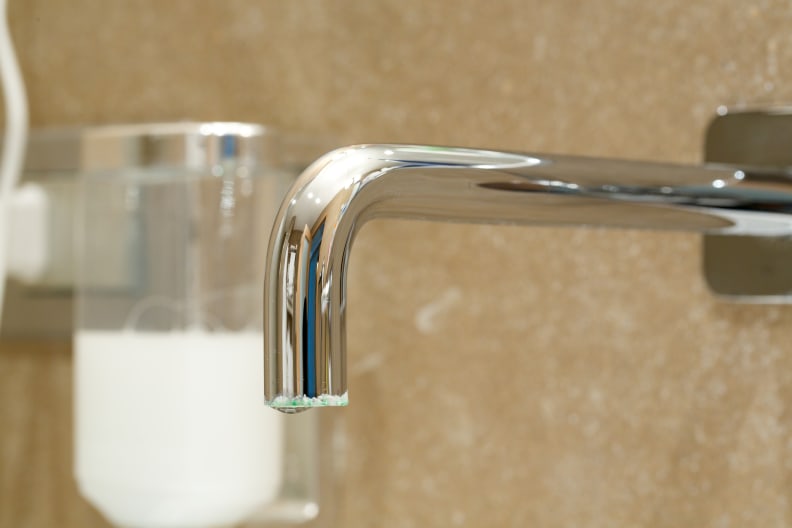
Hard water can leave mineral scale on your fixtures and pipes. You can scrub it off with vinegar, but it will return.
Use dishwasher salt
Some high-end European dishwasher brands offer dishwasher salt to soften the water. Don’t count on throwing in a handful of table salt, though. Miele dishwashers, among the best we've tested, have special dispensers that you fill with their salt to keep your dishes spot free.
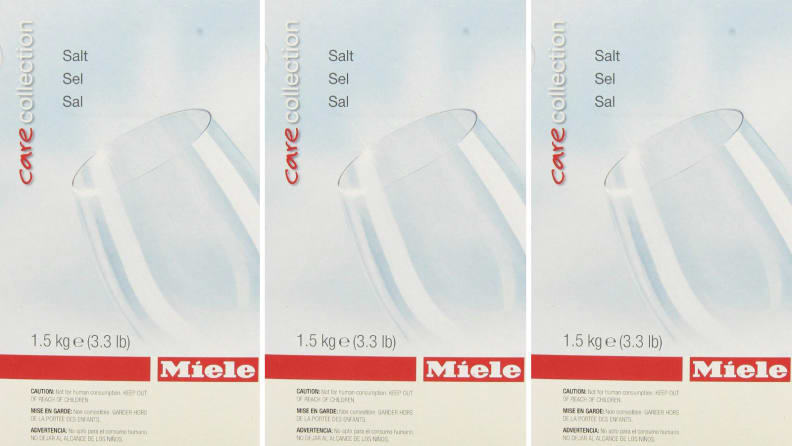
Miele outfits dishwashers with a salt dispenser to deal with hard water issues. You can buy additional salt to refill when needed.
Install a whole-house water softener
A water softener is an appliance that works by exchanging the calcium and magnesium in hard water with the salt in sodium pellets. If you’re watching your salt intake and don’t want to consume it in your drinking water, you can filter the faucet, have your water softener bypass the kitchen sink, or purchase a softener that works with potassium instead of sodium.
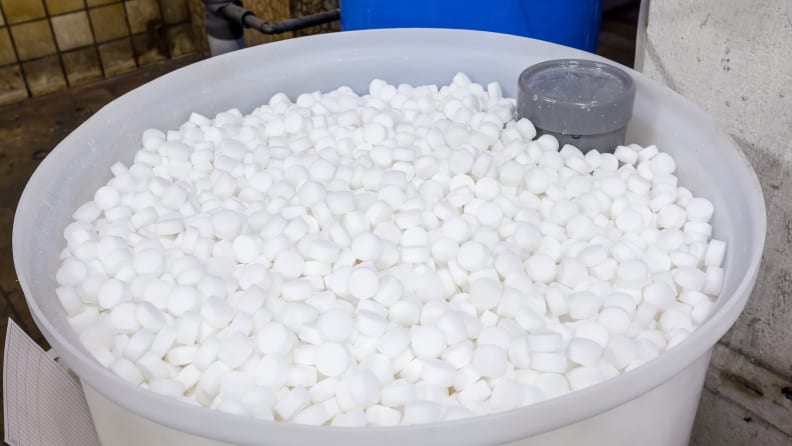
A water softener exchanges the calcium and magnesium dissolved in hard water with the sodium in these pellets.
What's the upside?
Once you know that you have hard water, you can deal with it. One thing is certain: When you soften your water, your skin and hair will thank you, your plumbing and appliances will avoid scale, and your dishes and glasses will come out spot free.


